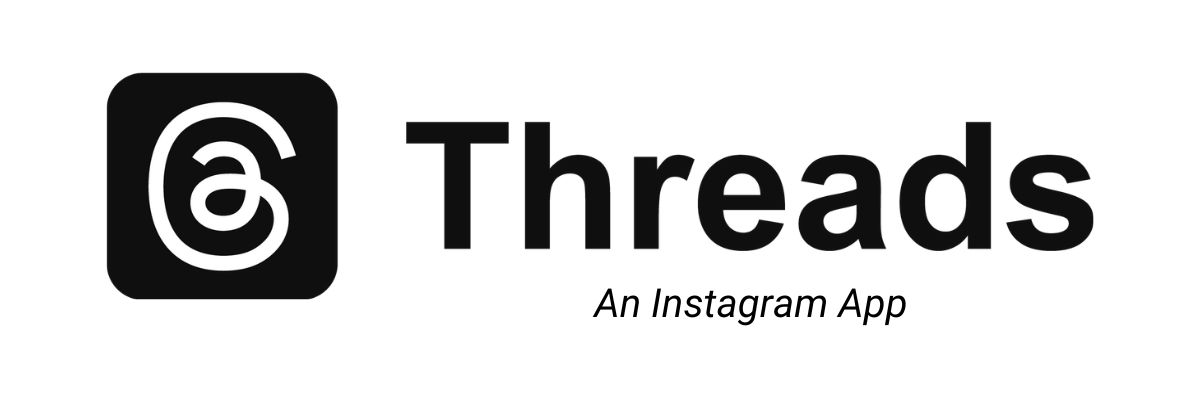 Hashtags are the newest “idea” to hit Facebook. It has worked well for Twitter veterans; Twitter has been using hashtags since August 2007. The concept is to use a hashtag or two so marketers, bloggers and business owners can follow engagement and interactions easier.
Hashtags are the newest “idea” to hit Facebook. It has worked well for Twitter veterans; Twitter has been using hashtags since August 2007. The concept is to use a hashtag or two so marketers, bloggers and business owners can follow engagement and interactions easier.
You can, and should, create a hashtag for just about anything you want to track. Want to promote a holiday special or just announce a new product or service? Create a hashtag to capture comments (and complaints). Starting a new online chat? Make a hashtag. If your company is hosting an event in real life for many people (i.e., networking, holiday party, etc.), create a hashtag so people can see who is attending, chat and upload pictures, and generally network using the hashtag.
Unfortunately, what this has resulted in for Facebook is some users creating and listing as many hashtags as possible for a singular post. One post I read had 9 hashtags! I ask you, seriously: How does listing 9 hashtags for your Facebook post help you be found using strategic visibility?
The answer is in your purpose. Hashtags are not spaghetti. Rather than throwing them out into the social media world to see what sticks, you should perform a bit of due diligence first. Here are 7 tips for better hashtag use:
- Be intentional. If you want to create a hashtag and aren’t sure if one has already been borne, type in the hashtag you want into Facebook’s search box. You can also conduct at search on hashtags.org. This website will also show you what is trending and allow you to track the hashtags you are using.
- Be responsible. Look for a hashtag before creating one. If it has been created, see what is being said around the hashtag. Don’t hijack a hashtag and assume your conversations are “right” or more important. Make sure the conversations are relating to what you want to talk about.
- Be strategic. You can use generic hashtags such as #Facebook or #Twitter to get into a general stream of conversation. This is great for promotion, as long as you remember to check out the hashtag first and see what the conversations are surrounding the hashtag.
- Be creative. If the hashtag you want to use is taken, try adding your company’s initials or an event date with it and see if it’s available. If so, post it on #Twitter and #Facebook for your followers.
- Be reasonable. The more hashtags you use, the more you have to check. Use one, no more than two, hashtags for your event or promotion.
- Be measured. Monitor the progress and conversations surrounding your hashtag. Use an online tool such as Twubs or tchat to see the active stream and respond in real time when people post to it.
- Be found. Let your audience know about the hashtag as soon and as often as possible. Write up a blog article about it. Post to your #LinkedIn company page, Twitter and Facebook accounts. Make a short video and tie in to your website or blog.
Be strategic. Be visible. Be found.












